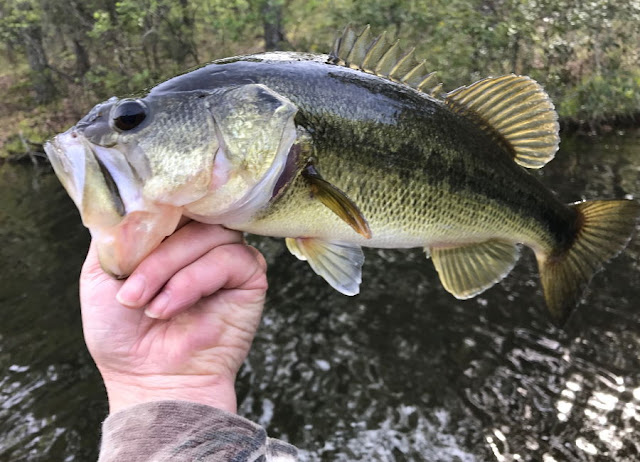How To Choose A Fishing Rod
The fishing rod is a vital part of any angler's kit. It can mean the difference between hooking that prize catch or watching it swim away towards deeper waters. Knowing how to choose the right fishing rod for your needs, then, will give you an advantage on the water. Consider some of these points when deciding what type of fishing rods are right for you.
1. Rod Length
Deciding on the length of your fishing rod is a key first step before making any other consideration. If you are fishing from a boat, or if you are casting into deep water where fish tend to be larger, then longer rods will often give you better results. If your goal is to fish in more shallow waters or to fish for smaller species, then shorter rods will be the right choice.
2. Rod Action
The action of a fishing rod refers to how much it flexes when it is loaded with weight and line. For instance, fast action rods offer little flexibility and are used primarily for casting lures. These rods are not very good for catching fish that weigh more than a few ounces. Medium action or medium fast rods offer some flexibility, which is good for catching larger fish. They are more capable of throwing heavier lures and bait. Slow action rods flex the most, making them perfect for salt water fishing because they absorb some of the shock of catching larger fish. But they are not very good for throwing lures or casting, so they must be used with bait.
3. Rod Power
Rod power is another way of describing how stiff or flexible a fishing rod is, rated on a scale of 1 to 12. The higher the power number, the stiffer the rod. Rods with a power rating of 1 are typically used for panfish and other very small fish. The highest power rods can be used to pull in very large fish, even those weighing over 100 pounds.
4. Fishing Rod Material
There are three basic types of fishing rod material: fiberglass, graphite and boron. Graphite rods are very lightweight and sensitive, which makes them good for casting lures and bait into deeper water where fish tend to be larger. Fiberglass rods offer a nice balance of sensitivity and resilience; they aren't as sensitive as graphite, but still produce the same quality results. Boron is another option that can be used to create high-quality rods but can be even more lightweight than graphite.
5. Reel Seat
The reel seat is the portion of the rod that holds your fishing reel in place. You want to choose a fishing rod with a sturdy, durable reel seat for best results. A good quality rod will have a metal ring around the reel's mount that is strong and well-fixed into place. The ring or cap should fit tightly to prevent the reel from slipping out of position.
More social:
https://www.storeboard.com/jamesfishing
https://moodle.org/user/profile.php?id=4573157
https://www.kickstarter.com/profile/jamesfishing/about
https://www.ted.com/profiles/31115772/about
https://dzone.com/users/4646339/jamesfishing.html
https://www.blogger.com/blog/posts/2091527538821839047
https://www.blogger.com/blog/posts/834381044484037509
https://teepepe.wordpress.com/
https://teepepe.mystrikingly.com/




Nhận xét
Đăng nhận xét